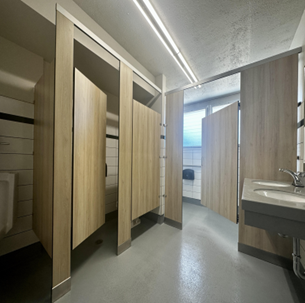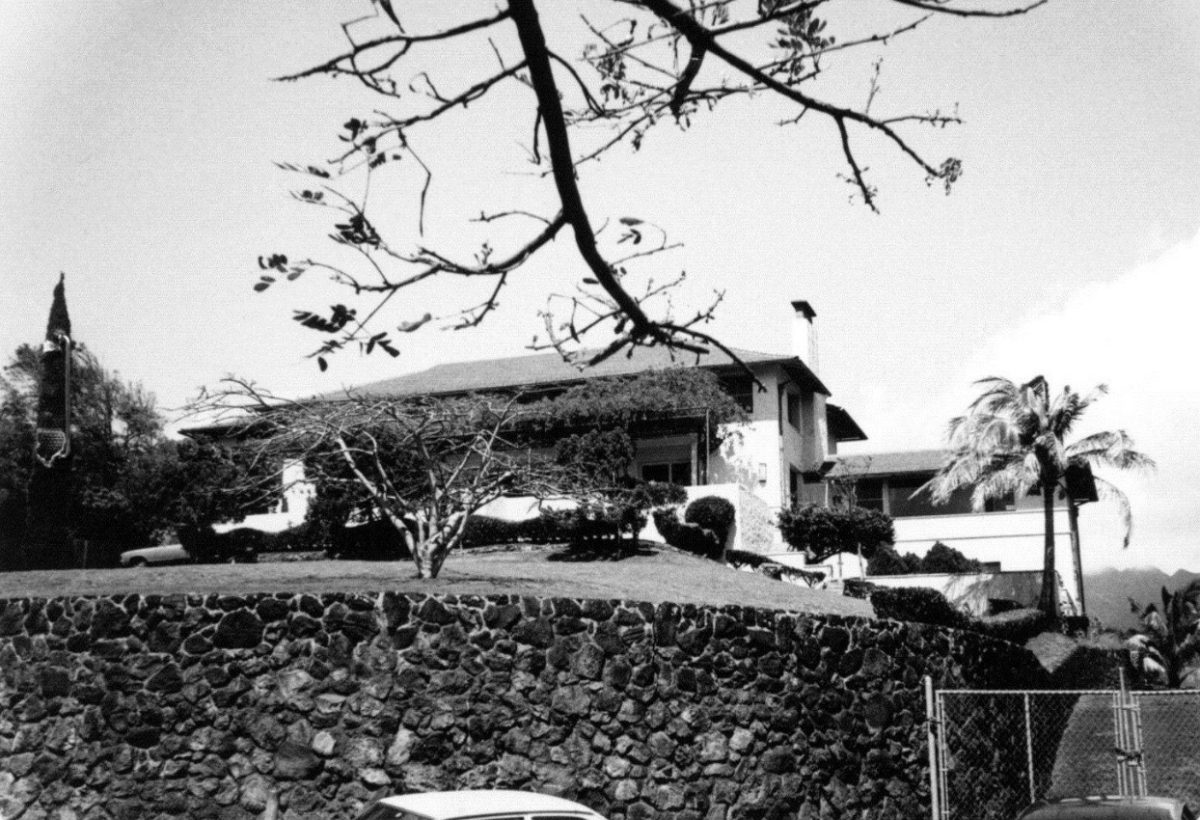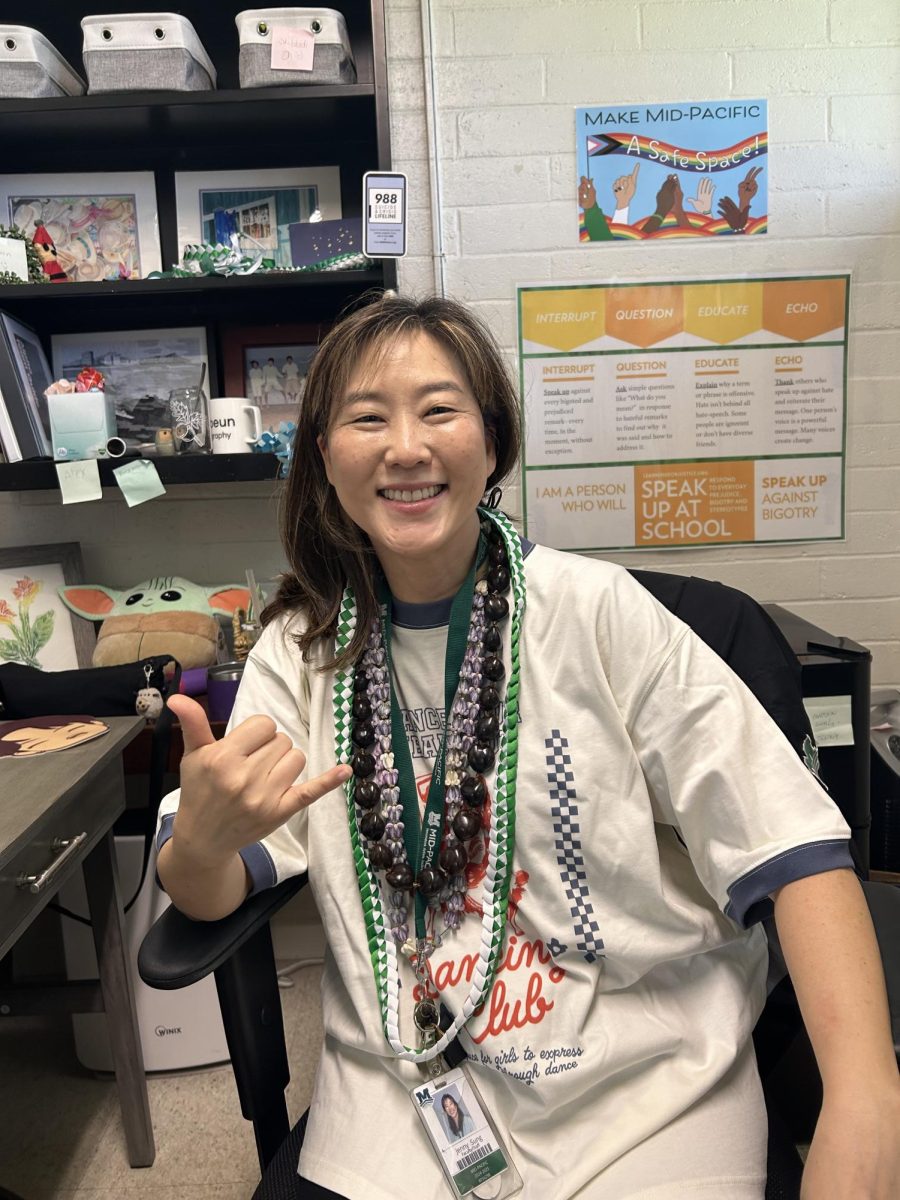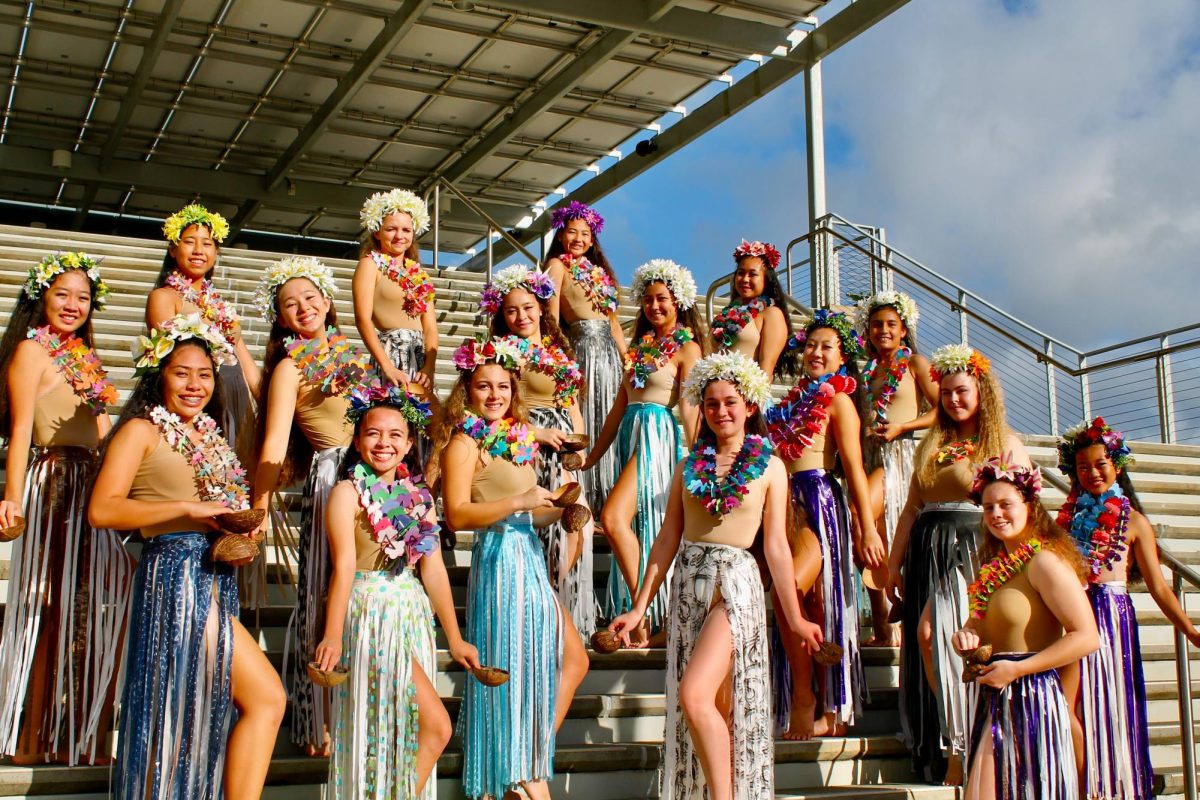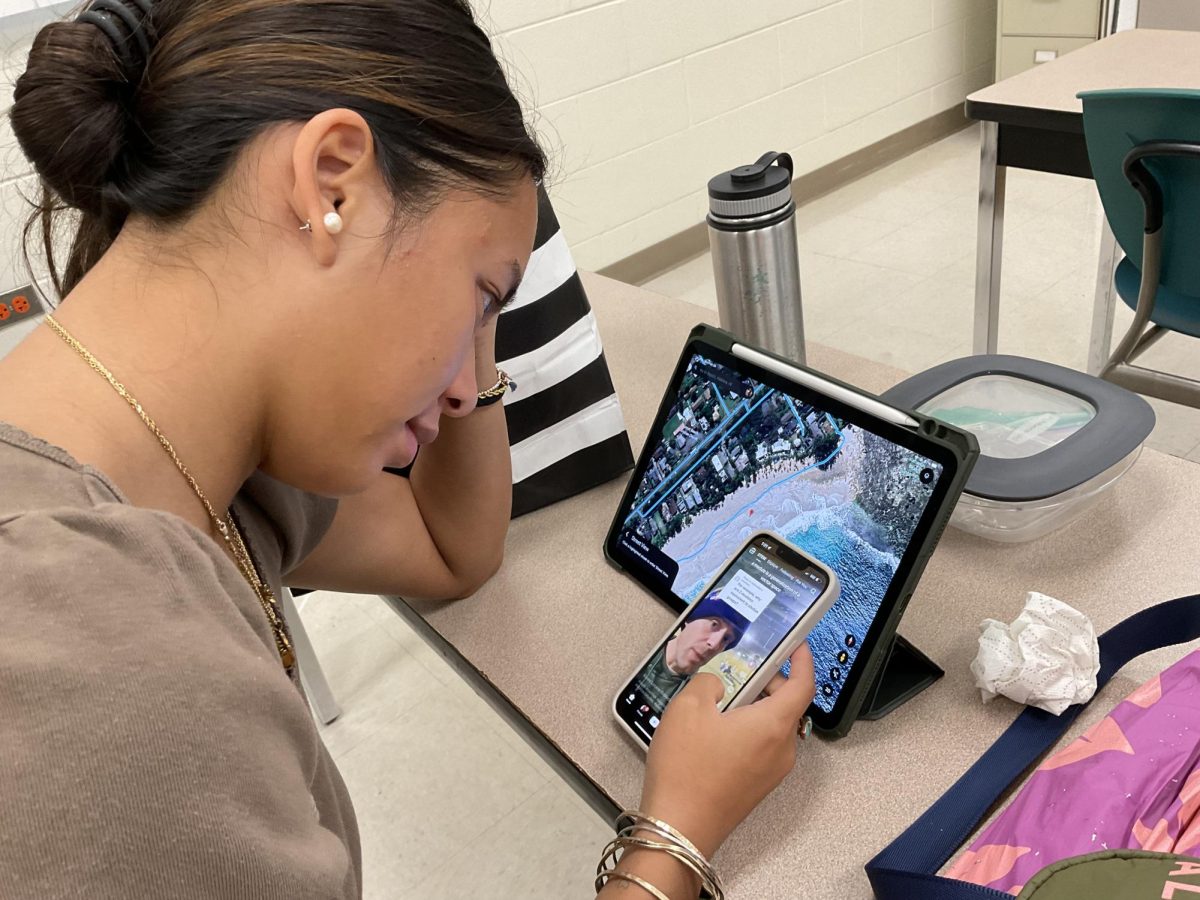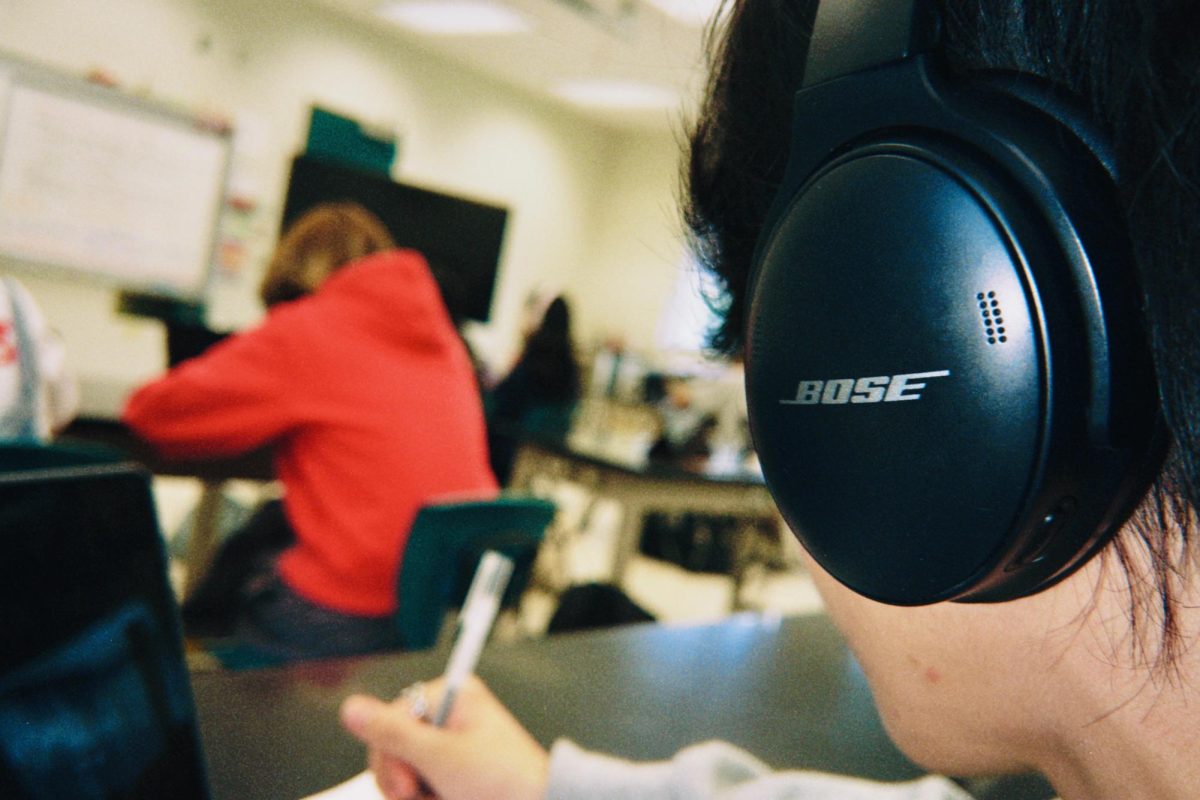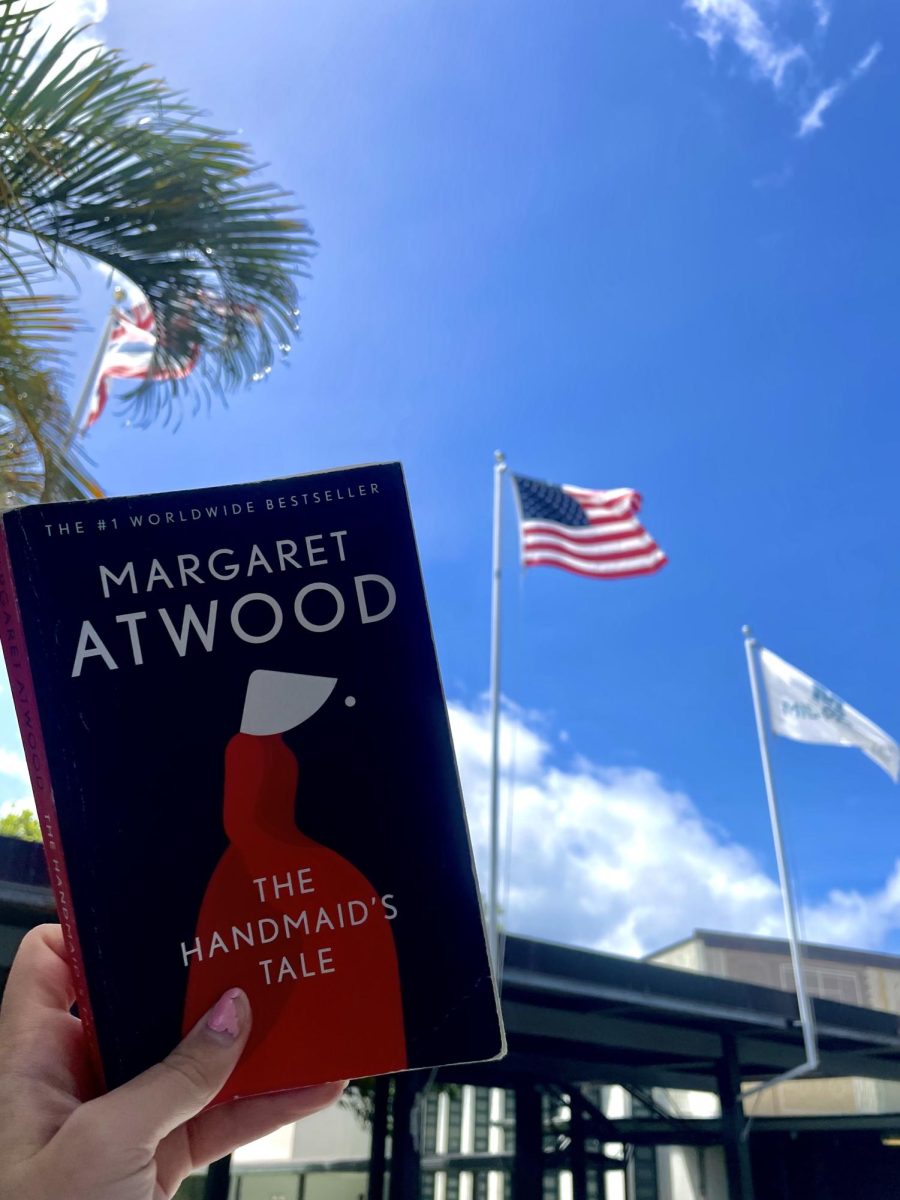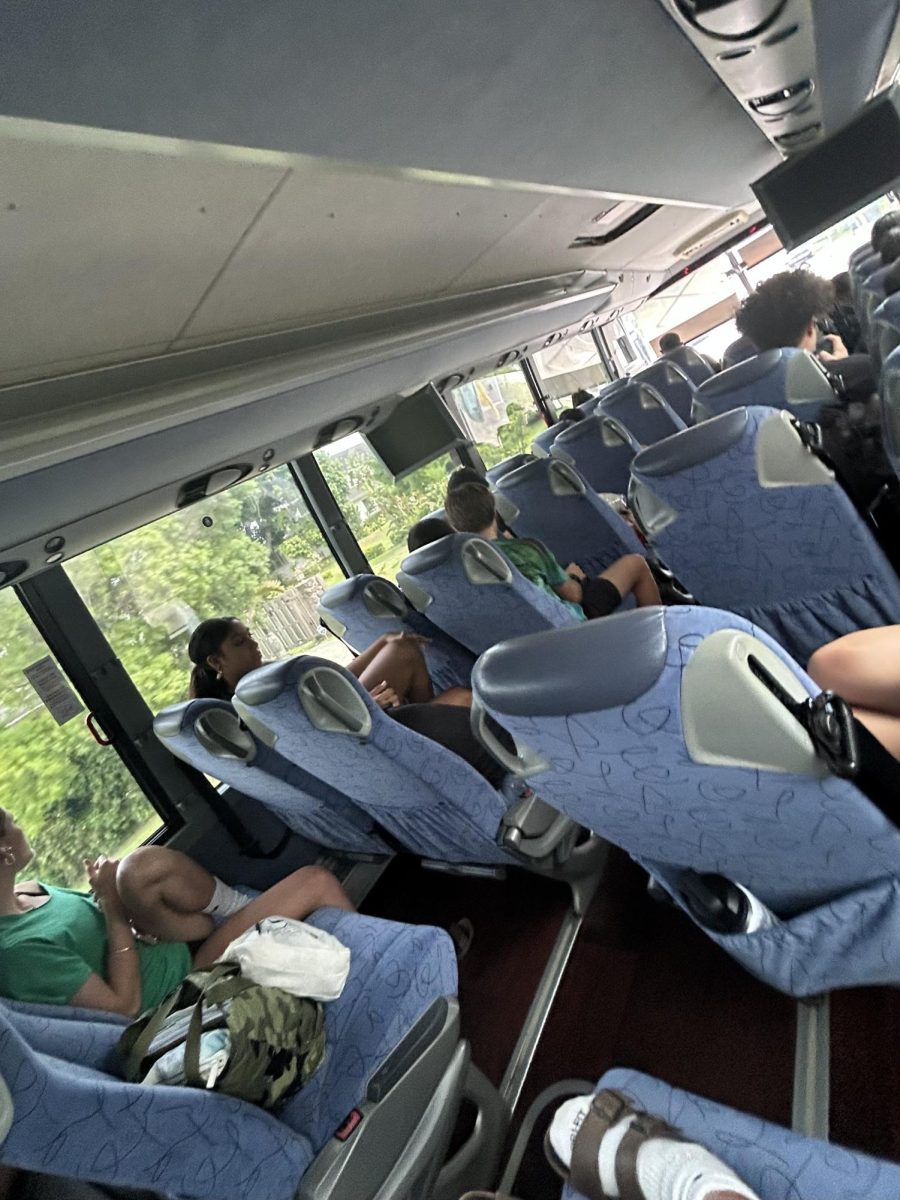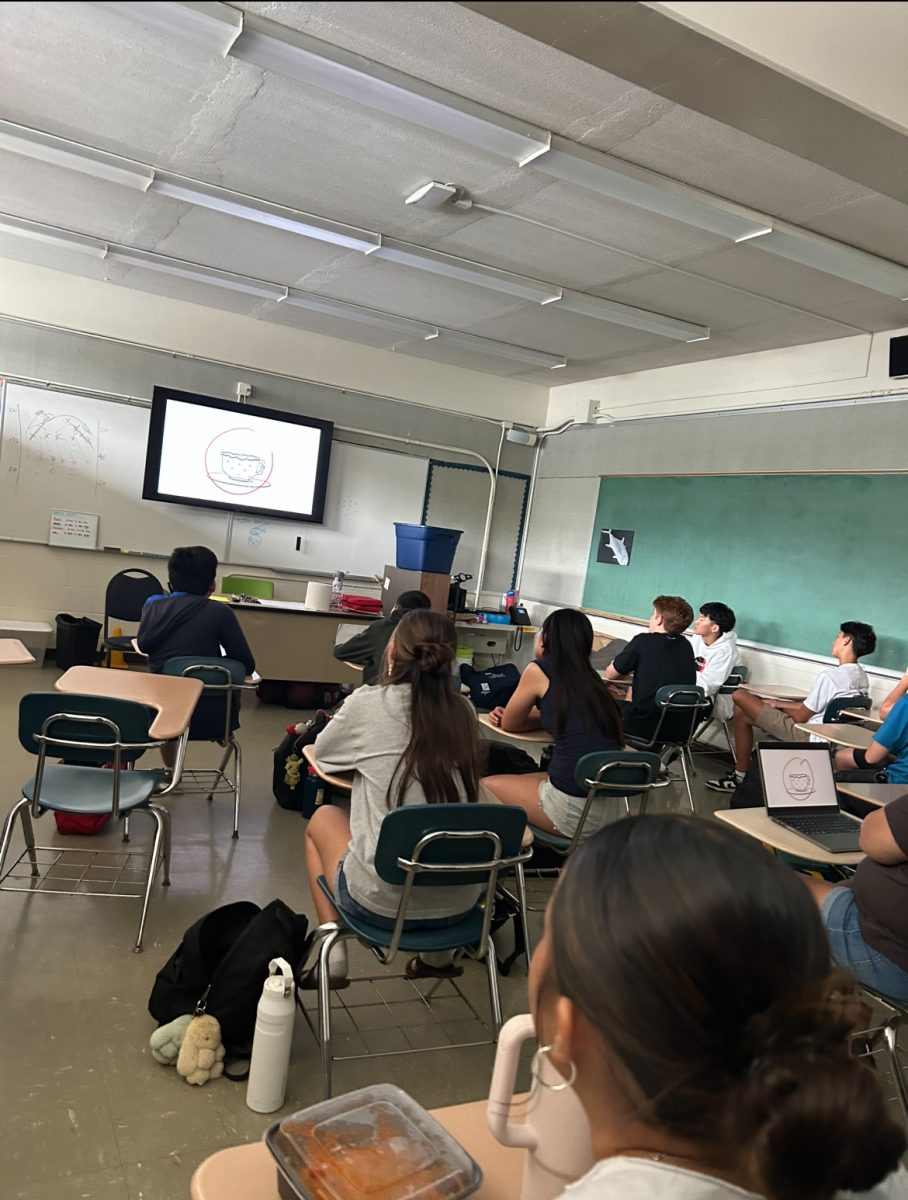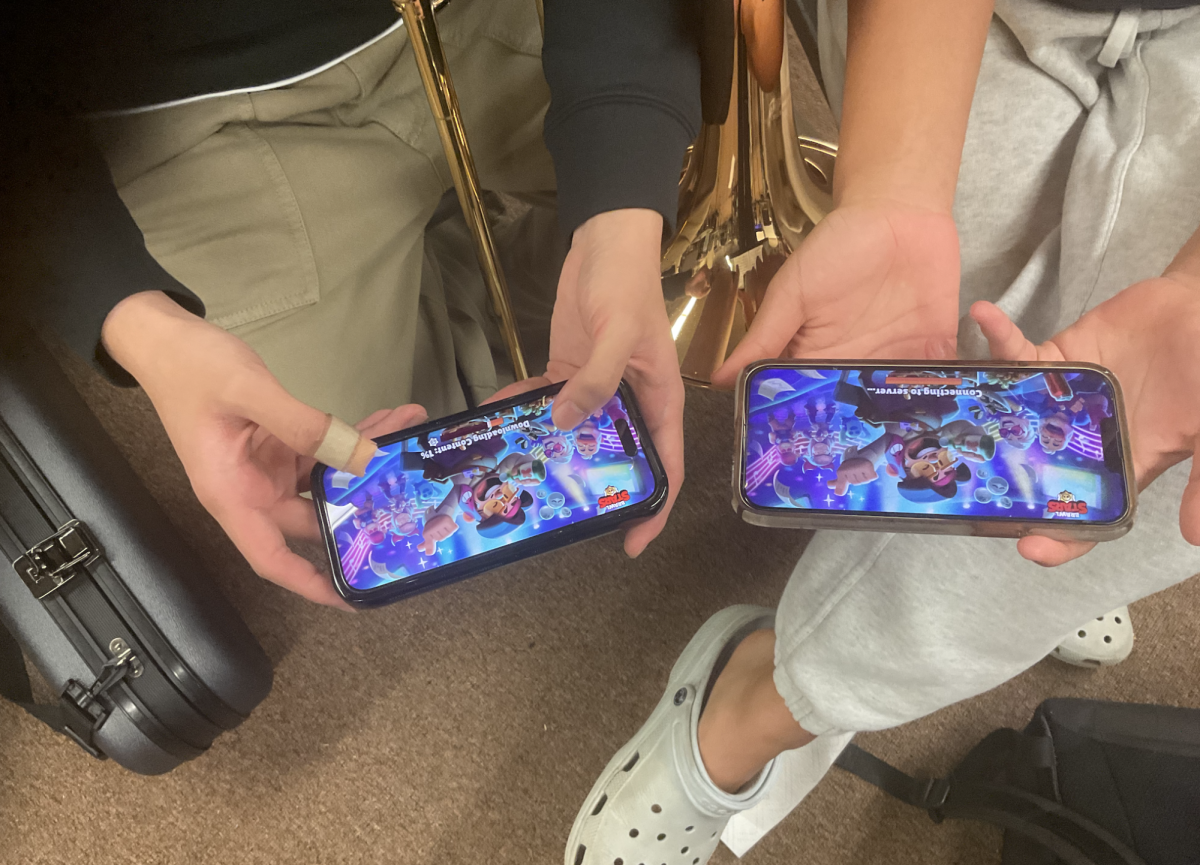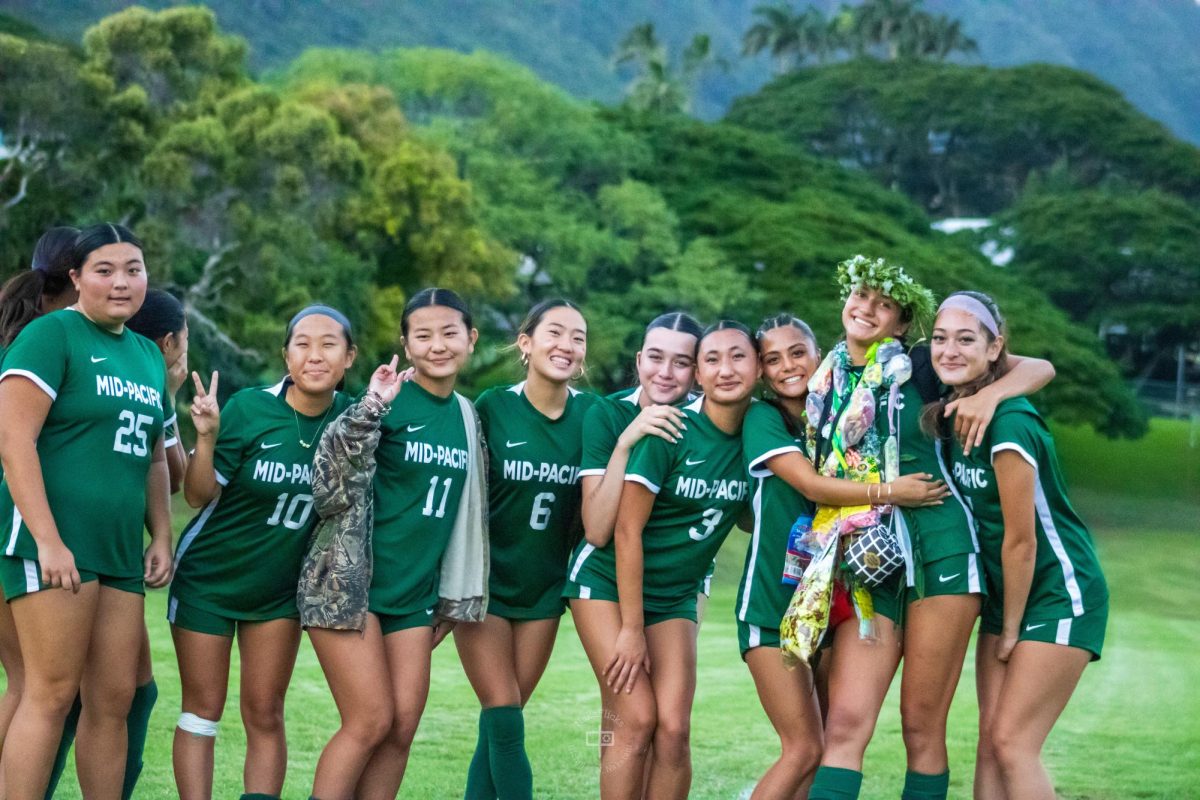In recent years, important discussions have occurred on campus involving racism, gender inequalities and mental health. Recently, another important issue has surfaced; having a campus equipped to serve the needs of the students with a variety of disabilities.
“We don’t parse out persons with disabilities. We just think of that as a different background, a different challenge, and someone we accept; we accept everyone,” Assistant Principal for Student Life, Rebecca Hodge said.
Since allowing the persons with disabilities community to enroll in Mid-Pacific, different measures were taken. The administration, together with the Director of Planning and Design, Ethan Twer, are taking steps to ensure that the school is following the federal law called the Americans with Disabilities Act (ADA).
This effort is related to the administration’s work in making the campus more inclusive.
“Mid-Pacific does follow ADA-compliant rules,” Twer said.
He explains the difference between standard “rules” and ADA ones is that students enrolled in a public school, or a publicly funded school with federal funds, different levels of compliance apply.
Even though Mid-Pacific is a private school not supported by federal funds, it is necessary that it provides an equal facility, equal access and equal opportunity for students. However, that doesn’t mean that every single area on campus is required to be accessible.
Mid-Pacific opened in 1908, and Twer explained the campus wasn’t always “handicap friendly,” as the ADA was passed in 1990. Therefore, the campus has been making adjustments to accommodate these students and include future plans to better improve certain low-mobility areas.
The campus is built on a slant, which is one challenge holding the school back from becoming fully handicap friendly, Twer explained.
“Once you introduce changes in elevation, then there are certain design things that come into play,” Twer said.
With that being said, Mid-Pacific has a higher difficulty level compared to other campuses that are built on a flat surface when thinking of the adjustments.
When new students require specific needs, it is very helpful to have them addressed in advance so the school can meet the needs for those particular students.
Recently, junior Keira Kondo was welcomed into Mid-Pacific.
Kondo, part of the handicapped community, was born with a brittle bone disease called Osteogenesis Imperfecta Type Five, or more commonly called OI Type 5. This condition is a rare, new discovery.
“I’ve always loved this school and [I’ve] wanted to go here [since] seventh grade, but at the time, one of the buildings was not handicapped accessible but now it is, so I’m happy,” Kondo said.
Before her arrival, there had been modifications to the corner pathway in front of the health room near the side ramp leading to Kawaiaha’o and Atherton, which previously was not compliant.
Facilities workers were in the process of creating this development at the end of summer and completed the project before the first day of school.
“The Atherton, Kawaiaha’o corner was very challenging for her to negotiate as the turn space was limited, so we took it upon ourselves to make that a project,” Twer said. “Walls were also broken down in three Atherton bathrooms to make space that’s available for someone to actually negotiate or circulate in. We want to provide for Keira, other students and staff, who might not even be in a wheelchair.”
Instilling inclusivity in students is one of Mid-Pacific’s biggest values.
According to Hodge, the school is working to make sure that neurodivergent people, humans with disabilities, different backgrounds and different cultures are accepted and not discriminated against.
“Inclusivity is something that’s permeating throughout our campus, that we make sure that we’re doing collectively,” Hodge said.
Kondo’s experience with students and faculty have been amazing so far.
“Everyone I’ve encountered so far has been so kind and always offering to help, the faculty makes sure that I am comfortable and can get around campus. I don’t feel I face any discrimination here and I feel very welcomed so far,” Kondo said.
She feels like the campus is 100% handicap accessible, but also mentions she needs to take longer routes, which is not a problem for her.
There are ways around buildings and stairs because of the accommodations that have been made.
“I wouldn’t say anything would need to be changed, but one addition I think would be great is a handicap parking stall in the upper parking lot,” Kondo said.
Twer explained that Mid-Pacific is committed to improving the campus, and have recently hired a consultant to provide an entire campus wide assessment.
The consultant will not only assess the buildings and their condition, but also a tier two accessibility study which examines everything from sidewalks to driveways.
Hodge wanted to define what disability meant to her.
“A disability is not inherently negative. A person with a disability is not synonymous with being a ‘disabled person.’ Having a disability is merely one aspect of their identity, not its entirety or definition. It’s just one facet of their whole being,” Hodge said.
Kondo is glad her peers ask her about her disability and want to learn more about it.
“I am happy to be featured in this article, by doing this I get to spread awareness about me and my disability while also sharing my story with anyone who’s curious,” Kondo said.




